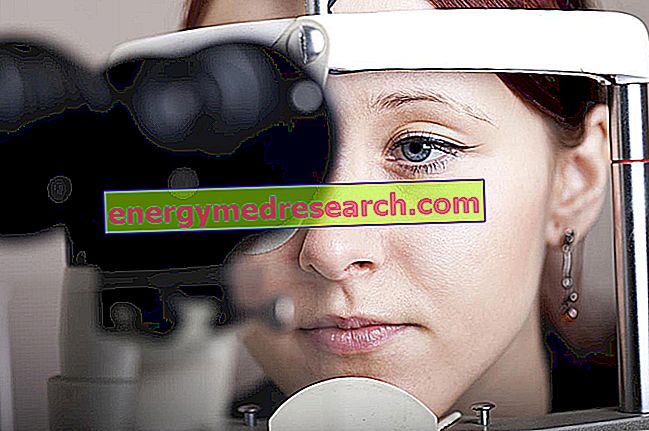
A simple eye examination is sufficient to diagnose glaucoma still in its early stages; for this reason, it is necessary to undergo regular check-ups, especially in the presence of risk factors.
The ophthalmologist diagnoses glaucoma when he finds an increase in intraocular pressure and a reduction in the visual field (that is, the space that the eye is able to frame is narrowed). These signs are also associated with particular alterations of the optic papilla, visible by observing the ocular fundus with the ophthalmoscope.
During the visit, the eye specialist can measure the sensitivity of different areas of the retina to identify glaucoma-related damage with computerized perimetry. Other instrumental investigations, such as confocal laser ophthalmoscopy (CSLO), laser scanning polarimetry (SLP) and optical coherence tomography (OCT), allow the detailed study of the optic disk and measure the thickness of the nerve fibers around the papilla itself, evaluating the thinning due to the loss of retinal cells.



